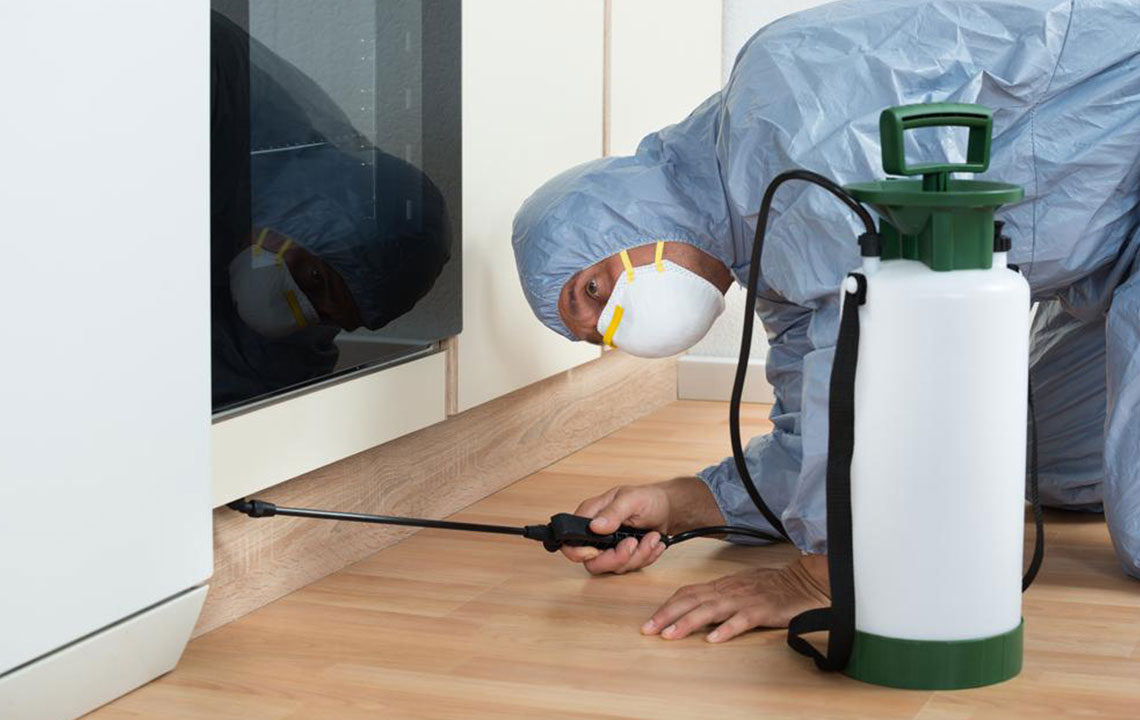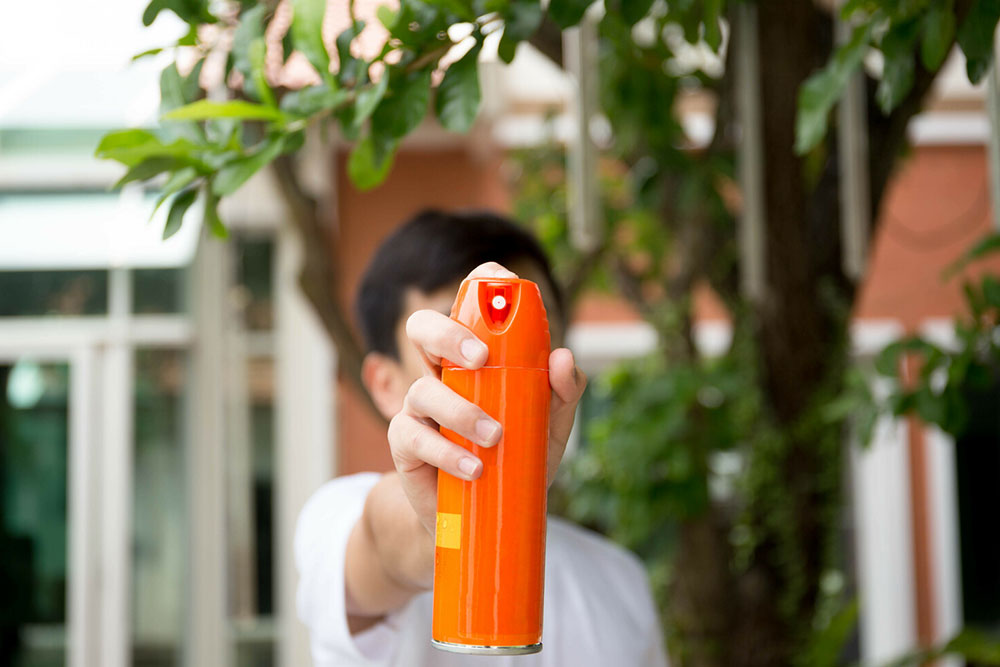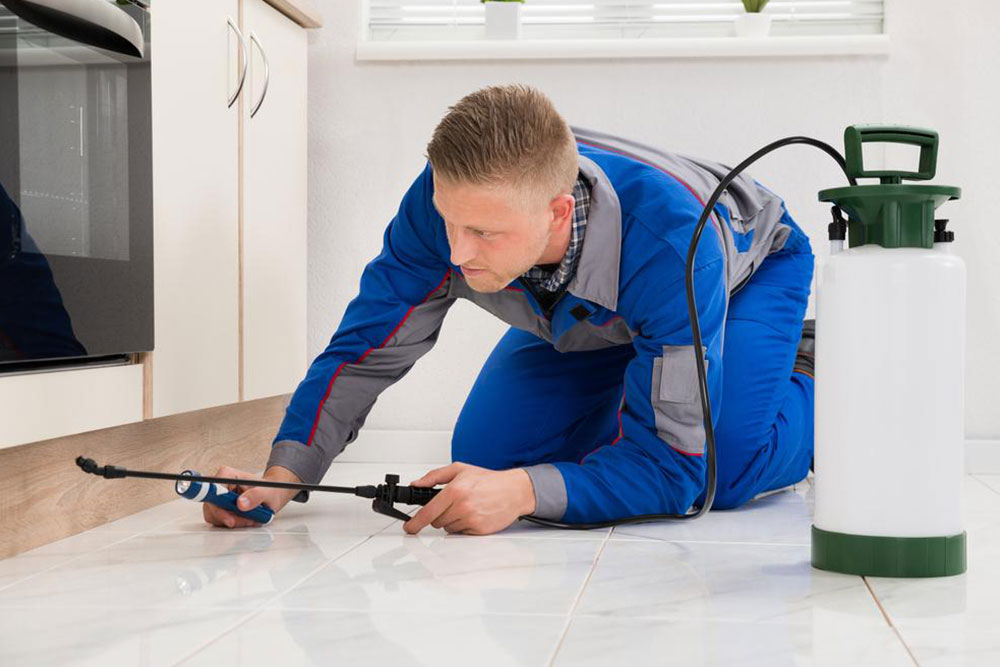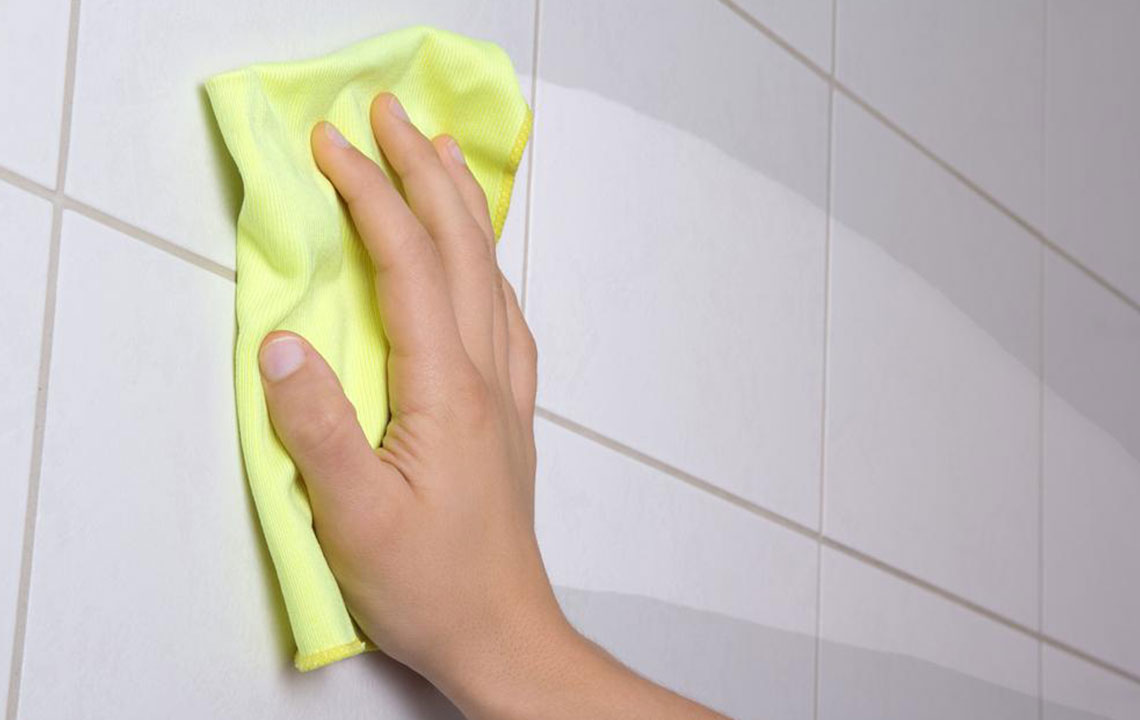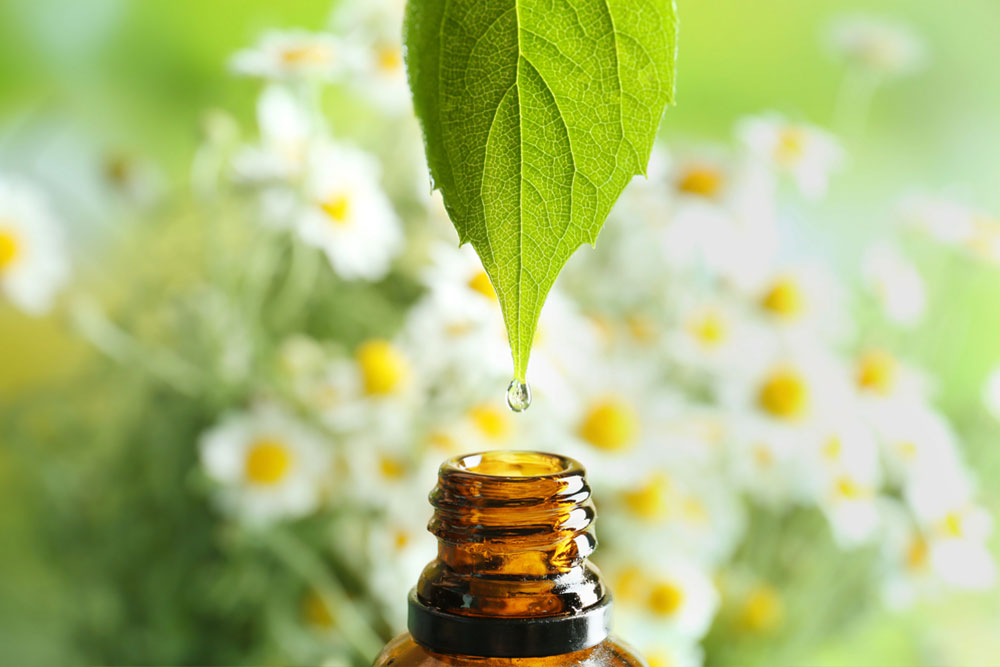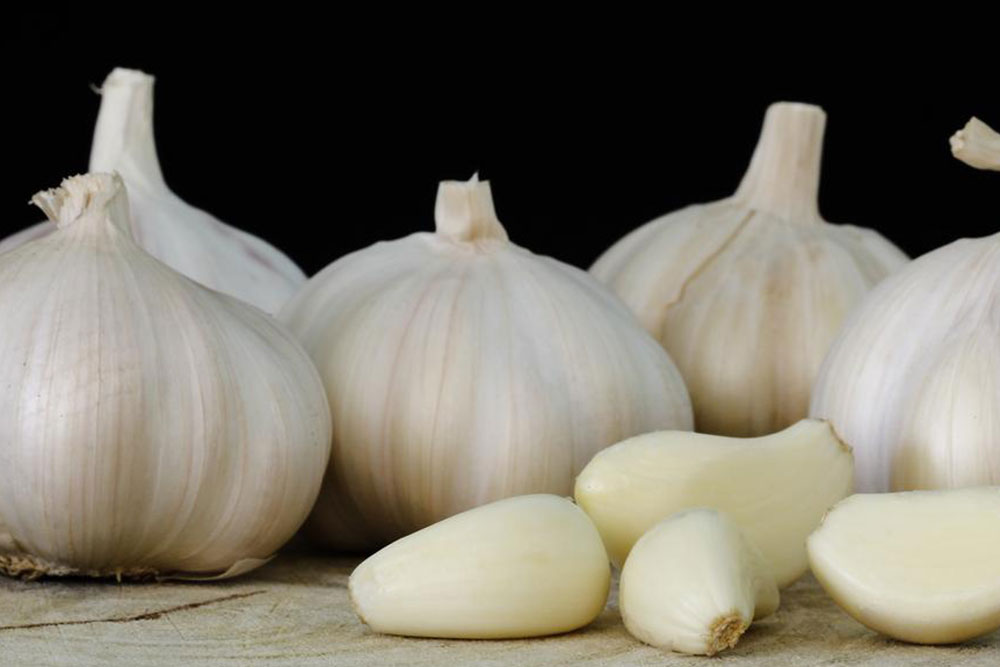Comprehensive Guide to Natural Bed Bug Control Strategies
Discover comprehensive natural solutions for bed bug control, including steam cleaning, essential oils, neem oil, diatomaceous earth, and botanical extracts. These eco-friendly methods provide safe, cost-effective, and efficient ways to eliminate bed bugs while protecting your loved ones and the environment. Implementing these strategies can help you restore a comfortable, pest-free home without the need for harsh chemicals or expensive professional treatments.

Holistic and Chemical-Free Methods to Eliminate Bed Bugs
Bed bugs, scientifically known as Cimex lectularius, are a common household pest that can cause significant discomfort, skin irritation, and potential health risks for residents and pets alike. Their ability to hide in tiny cracks and crevices within furniture, mattresses, and walls makes them particularly challenging to eradicate. Moreover, these pests can survive for extended periods without feeding, sometimes up to a full year, which complicates control efforts. While there are many professional pest control services available, increasing numbers of homeowners are seeking safe, effective, and eco-friendly DIY solutions. Natural remedies not only reduce exposure to harmful chemicals but also provide cost-effective options for pest management. Understanding and applying natural bed bug elimination techniques can significantly improve your chances of regaining a pest-free environment.
Steam Cleaning: A Deep Penetration Solution
One of the most effective natural ways to combat bed bugs is through high-temperature steam cleaning. Steam cleaning relies on the application of hot steam, typically above 140°F (60°C), to areas infested with pests. The drawn-out advantage is that steam penetrates rapidly into mattress seams, furniture cracks, and fabric fibers, directly killing adult bugs, nymphs, and their eggs. This method is environmentally friendly and chemical-free, making it safe for families, pets, and the surrounding environment.
Before steaming, it's essential to vacuum the infested area thoroughly to remove loose bugs and debris. Afterward, use a heavy-duty steamer to target suspected spots such as mattress edges, sofa seams, baseboards, and behind picture frames. Repeating the steaming process over several sessions ensures these persistent pests are effectively eradicated. Always follow the manufacturer's instructions for steamers to prevent damage to delicate items and maximize safety.
Harnessing Essential Oils as Natural Repellents
Essential oils are increasingly popular as natural repellents due to their strong scent profiles and insecticidal properties. Tea tree oil, derived from the leaves of Melaleuca alternifolia, is renowned for its antibacterial, antifungal, and insecticidal qualities. When diluted appropriately—about 20 drops in a spray bottle filled with water—tea tree oil can be applied to linens, mattresses, and infested furniture to repel bed bugs effectively.
Regular application, either weekly or bi-weekly, can help prevent new infestations. Additionally, lavender and eucalyptus oils are known for their potent fragrances that bed bugs dislike. A DIY spray made by diluting a few drops of these oils in water can be spritzed around the bed frame, closet corners, and infested areas, creating a natural barrier against pests. The scent of these oils also leaves a pleasant aroma, providing an added benefit over chemical treatments.
Neem Oil: Nature's Bed Bug Repellant
Extracted from the seeds, leaves, and bark of the neem tree, neem oil has been used traditionally for pest control for centuries. Its natural insect-repelling properties make it an excellent choice for bed bug management. Neem oil can be diluted with water to create a spray or applied directly to infested surfaces with a cloth or sponge. This oil acts as a repellent and disrupts the lifecycle of pests, reducing their ability to reproduce.
Since neem oil's effectiveness peaks within a week, reapplication is often necessary for ongoing control. Its strong scent, while effective against bugs, may be irritating to some humans and pets, so use with caution and in well-ventilated areas. Regular treatment of mattresses, furniture, and infested cracks can significantly diminish bed bug populations over time.
Diatomaceous Earth: A Physical Pest Control Method
Diatomaceous Earth (DE) is a natural powder made from fossilized remains of tiny aquatic organisms called diatoms. The powder's abrasive and absorbent properties cause desiccation by damaging the exoskeletons of insects, leading to dehydration and death. DE is a chemical-free method that is safe for humans and pets when used correctly.
To use DE, lightly dust it over infested areas, including mattress seams, bed frames, and surrounding furniture. Leave the powder in place for several hours or overnight before vacuuming it up. Consistent reapplication enhances its effectiveness, ensuring all bed bugs, including adults and nymphs, are targeted. Always wear a mask when applying DE to avoid inhaling the fine particles, and use food-grade DE for safety purposes.
Pyrethrum Extract: Natural but Potent
Pyrethrum, derived from chrysanthemum flowers, contains natural compounds that affect the nervous system of insects, leading to paralysis and death. It is available in various forms such as sprays, powders, and concentrates suitable for targeted application. Pyrethrum-based products are considered eco-friendly alternatives to synthetic pesticides.
When using pyrethrum, spray it directly onto affected insect hiding spots—mattress seams, bed frames, furniture cracks, and baseboards. It offers immediate knockdown of bed bugs, making it an effective part of a comprehensive control plan. However, precautions should be taken to avoid overuse, as some individuals may experience allergic reactions or sensitivities. Always follow label instructions for safe application and re-entry times.
DIY Natural Repellent Sprays for Ongoing Bed Bug Prevention
Homemade sprays utilizing concentrated essential oils such as eucalyptus, peppermint, or lavender create a potent repellent barrier around your home. These oils emit strong fragrances that bed bugs find unappealing, encouraging them to stay away from treated areas. Regularly spraying diluted oil solutions around bed frames, infested furniture, curtains, and baseboards helps maintain a pest-free environment.
To create a DIY repellent spray, combine 10-15 drops of your chosen essential oil in a spray bottle filled with water. For enhanced effectiveness, add a small amount of witch hazel or alcohol to help disperse the oils evenly. Reapply several times a week, especially during warmer months or after cleaning routines. These natural sprays not only help deter bed bugs but also leave a fresh scent that enhances the comfort of your living space.
In conclusion, effectively controlling bed bugs naturally is achievable through a combination of methods including steam cleaning, essential oil repellents, neem oil, diatomaceous earth, and botanical extracts like pyrethrum. Not only do these approaches provide chemical-free, eco-friendly solutions, but they also help maintain a healthier indoor environment. Implementing a comprehensive natural pest management plan ensures the safety of your family and pets, while efficiently eliminating bed bug infestations. Regular monitoring, repeated treatments, and the use of these natural strategies can lead to a pest-free home without resorting to harsh chemicals.
